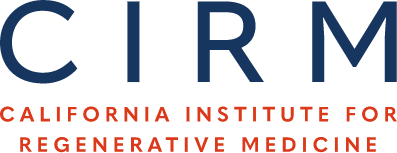Glioblastoma Neurovascular Progenitor Orchestrates Tumor Cell Type Diversity.
Publication Year:
2024
PubMed ID:
39091877
Funding Grants:
Public Summary:
Glioblastoma (GBM) is the most aggressive and deadly type of brain cancer, and current treatments aren't very effective. Scientists know that GBM tumors are made up of many different kinds of cells, but it's still unclear what roles these different cells play in how the tumor grows and spreads.
In this study, researchers combined data from many past studies to find common patterns among the different cell types in GBM. This led them to discover a rare group of tumor cells that have traits of both blood vessel and brain stem cells. They called these cells neurovascular progenitors (NVPs).
They confirmed the presence of NVPs in patient tumor samples and tested their importance in live models. When they removed these cells, the tumors grew more slowly and the test subjects lived longer, showing that NVPs play a key role in how GBM grows. Further tests showed that NVPs can turn into both nerve-related and blood vessel-related tumor cells.
Even though NVPs make up only a small part of the tumor, they have a big impact on tumor growth. This research opens the door to new ways of treating GBM by targeting specific cell types like the NVPs.
Scientific Abstract:
Glioblastoma (GBM) is the deadliest form of primary brain tumor with limited treatment options. Recent studies have profiled GBM tumor heterogeneity, revealing numerous axes of variation that explain the molecular and spatial features of the tumor. Here, we seek to bridge descriptive characterization of GBM cell type heterogeneity with the functional role of individual populations within the tumor. Our lens leverages a gene program-centric meta-atlas of published transcriptomic studies to identify commonalities between diverse tumors and cell types in order to decipher the mechanisms that drive them. This approach led to the discovery of a tumor-derived stem cell population with mixed vascular and neural stem cell features, termed a neurovascular progenitor (NVP). Following in situ validation and molecular characterization of NVP cells in GBM patient samples, we characterized their function in vivo. Genetic depletion of NVP cells resulted in altered tumor cell composition, fewer cycling cells, and extended survival, underscoring their critical functional role. Clonal analysis of primary patient tumors in a human organoid tumor transplantation system demonstrated that the NVP has dual potency, generating both neuronal and vascular tumor cells. Although NVP cells comprise a small fraction of the tumor, these clonal analyses demonstrated that they strongly contribute to the total number of cycling cells in the tumor and generate a defined subset of the whole tumor. This study represents a paradigm by which cell type-specific interrogation of tumor populations can be used to study functional heterogeneity and therapeutically targetable vulnerabilities of GBM.



